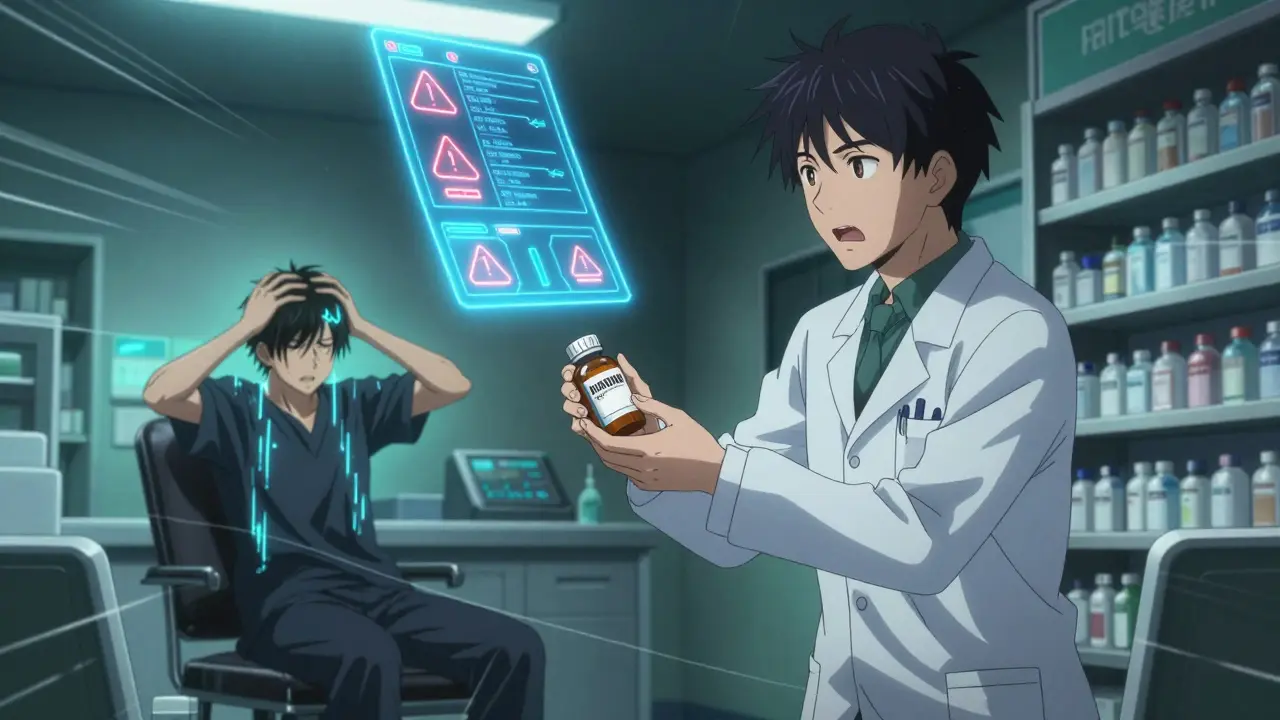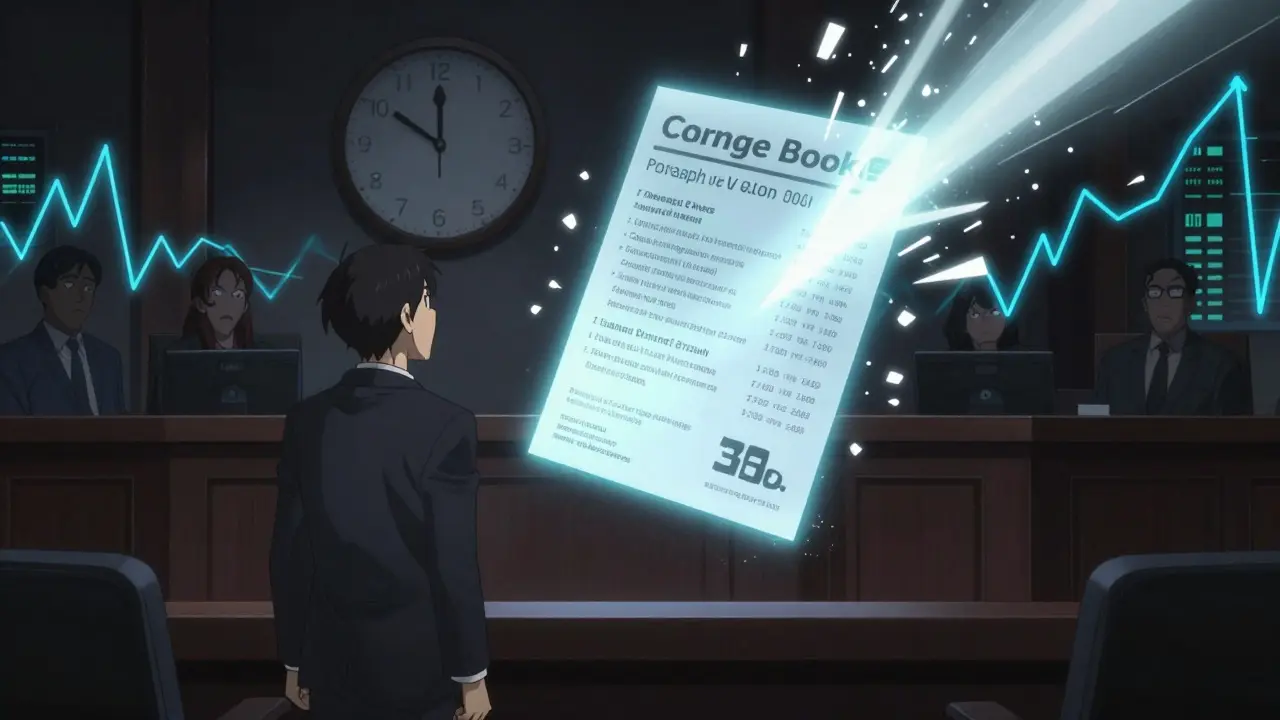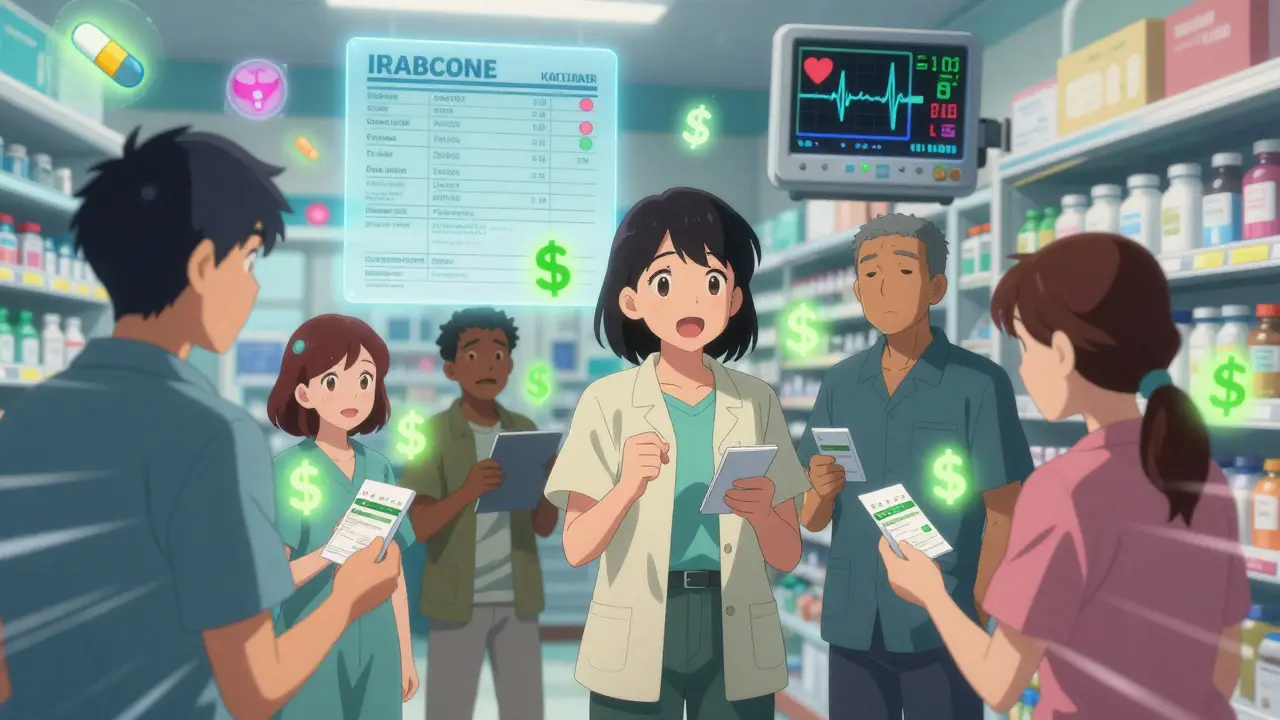Prescription drug prices: how to compare and save without risking safety
Prescription drug prices can vary wildly from one pharmacy to the next. One quick search can show a 2x–10x difference for the same pill. That’s not because the medicine changed — it’s because of pharmacy markups, supply chains, insurance rules, and whether you buy brand or generic.
If you want to save money, the goal is simple: compare apples to apples, protect your health, and avoid shady sites. Here are fast, practical moves that actually work.
Quick money-saving steps
1) Compare unit price, not bottle price. Look at cost per pill or per mg. A larger bottle might look cheaper but often isn’t.
2) Ask for the generic. Generics contain the same active ingredient and are usually far cheaper. If your prescriber says brand-only, ask why and if a generic is acceptable.
3) Use coupon sites and discount cards. Manufacturer savings, pharmacy coupons, and discount cards can cut prices dramatically—even under insurance copays sometimes. Print or show the code at checkout.
4) Check for bulk or 90-day supplies. If your medicine is stable and you’ll be taking it long-term, a 90-day supply often reduces the per-dose cost.
Choosing safe, lower-cost pharmacies
Online pharmacies can be cheaper, but safety matters. Verify the site: look for pharmacy licensure, clear contact info, and customer reviews. If a site sells prescription-only meds without asking for a prescription, avoid it.
Read real reviews and our site guides like the MapleLeafMeds.com and primedz.com reviews to see how we check price, shipping and legitimacy. We also cover country-specific buys like buying Carbamazepine or Finast safely—use those guides if you’re comparing cross-border options.
Watch the fine print: shipping fees, customs duties, and return policies add cost. A low sticker price with a huge shipping fee isn’t a deal. Also confirm expected delivery times if you need the medication quickly.
If you have insurance, run the numbers. Sometimes paying cash with a coupon beats your copay. Other times insurance gives better long-term savings—ask your pharmacist to show an insurance vs. cash comparison.
Need help beyond price? Look for patient-assistance programs and manufacturer copay cards for expensive meds. Many drug makers offer support for eligible people, and clinics sometimes have samples or starter packs to bridge short gaps.
Final practical tip: call the pharmacy. A quick phone call can confirm price, verify legitimacy, and reveal hidden discounts. If something sounds too good to be true, trust that gut—unsafe meds or fake sites are not worth a small saving.
Want step-by-step comparisons? Check our reviews and buying guides on this site for specific pharmacies and medicines. Compare unit prices, read the fine print, and always verify legitimacy before buying.
Review for on the internet pharmacy shop pharmacyrxworld.com
As an avid blogger and a frequent user of online pharmacies, I recently came across pharmacyrxworld.com. My experience was exceptional, driving me to delve deeper into this online pharmacy shop. The convenience, the price comparison of prescription drugs and the range of products they carry was impressive. I would highly recommend others to explore this platform for their medication needs. Stay tuned for a detailed review of my experience with PharmacyRxWorld.






